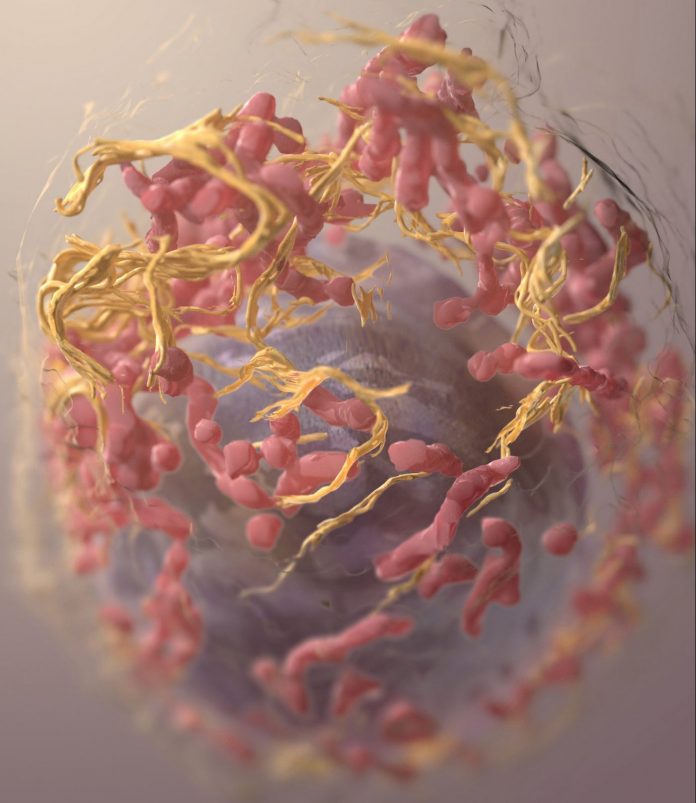
City of Hope affiliate The Translational Genomics Research Institute (TGen) announced Tuesday it will partner with Deepcell, a Stanford University spinout that leverages artificial intelligence to sort, image, and classify live cells based on their morphology. As part of the deal that seeks to isolate and classify individual diseased cells—with an initial focus on melanoma—TGen becomes an early member of Deepcell’s Technology Access Program.
“Deepcell’s technology will help enable our TGen researchers to zero-in on the most-critical parts of a cell to gain a deeper understanding of what is driving disease,” said Stephanie Pond, Ph.D., TGen VP of Emerging Technologies and head of TGen’s Scientific Technology Assessment Research Team (START).
TGen said in a press release that its initial focus leveraging Deepcell’s technology will be to characterize the skin cancer melanoma. Deepcell is already supporting research in melanoma—and other cancers—via a similar agreement it announced in September with the Levesque Lab at the University of Zurich, which seeks to isolate cancer cells, profile the tumor microenvironment, and highlight relationships between cell phenotype and function.
According to Pond, Deepcell’s sorting technology, which keeps single cells intact, is a powerful complementary technology to TGen’s existing single-cell sequencing research that is delving into better understanding how individual cells may contribute to the development of disease, including cancer.
“Understanding a complete picture of the tumor microenvironment should provide clues about how best to treat each patient, focusing especially on what type of immune cells might be present and coexisting with cancerous cells,” Pond noted in a press release.
Deepcell’s platform combines high-resolution imaging of cells in flow with real-time cell classification and sorting, using cell morphology as the only analyte. Its technology provides a label-free, target-agnostic approach and not only analyzes the cellular phenotype, but also enables the isolation of viable, unperturbed cells, allowing for the linkage of cell morphology with molecular data and functional assays.
“What we want to achieve is to offer an entirely new dimension to understand cells through AI-powered cell morphological analysis,” Deepcell co-founder and CEO Maddison Masaeli told Inside Precision Medicine late last year when she was named as a top woman in precision medicine. “We believe that it will usher a new era of discoveries in cell biology across basic, translational, or clinical research.”
Masaeli founded the company based on research she conducted in the laboratory of Euan Ashley at Stanford University, which examined different methods for sorting viable single cells. According to a recent interview published in BioSpace, it became apparent during her work that the application of machine learning and cell sorting she had developed that enabled a much deeper understanding of cell morphology needed to be commercialized in order to get those tools into as many researchers’ hands as possible.
“There’s a lot of deep information and insights in the cell morphology, which is one of perhaps the most important phenotypes of the cell,” Masaeli explained in BioSpace. “I think that cell morphology doesn’t just show you what the cells are, but perhaps can also give you some sense of what they’re doing.”
Becoming a part of the START program at TGen is the first step to providing Deepcell’s platform to the broader TGen research community. START’s purpose is to assess new, pre-commercial technologies for use in the organization’s various research efforts in order to tackle “the most vexing clinical problems.”
According to Dr. Jeffrey Trent, TGen’s president and research director, “Major advances in medicine come from the introduction of sharper tools and cutting-edge methods that can open new avenues for research. Deepcell’s technology, without question, opens new avenues for us to explore.”











